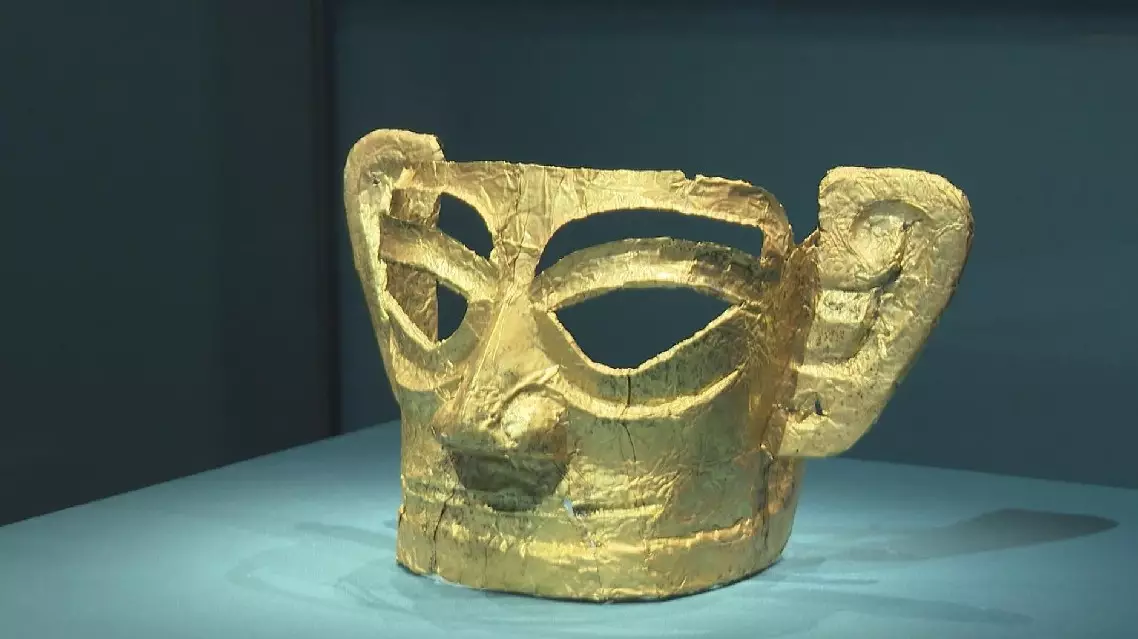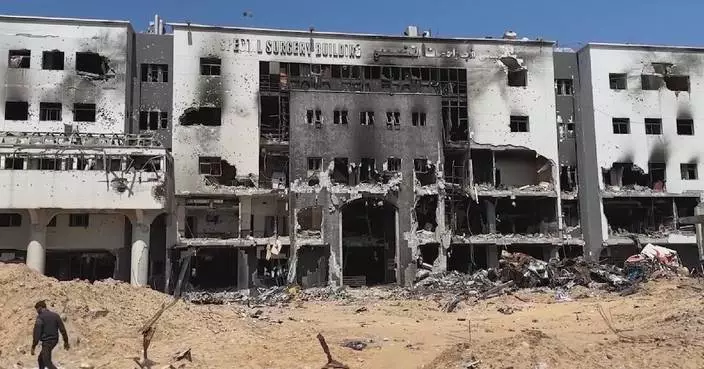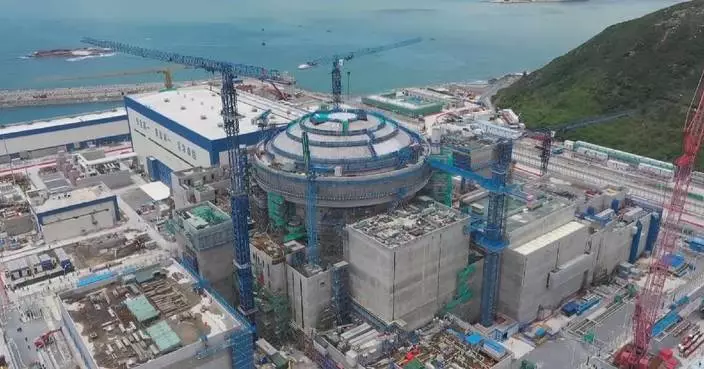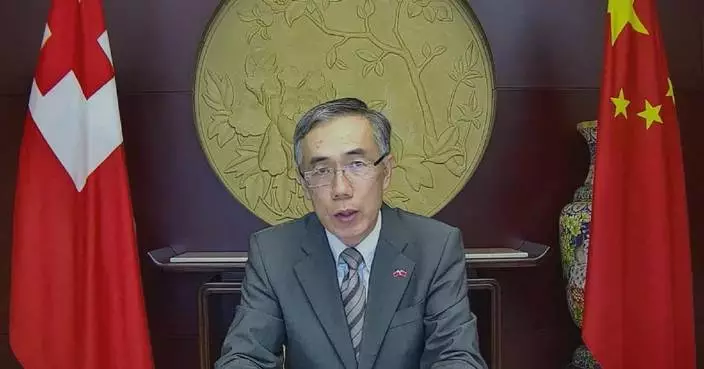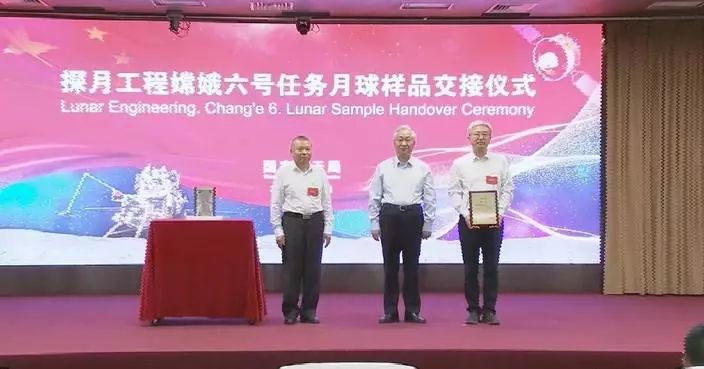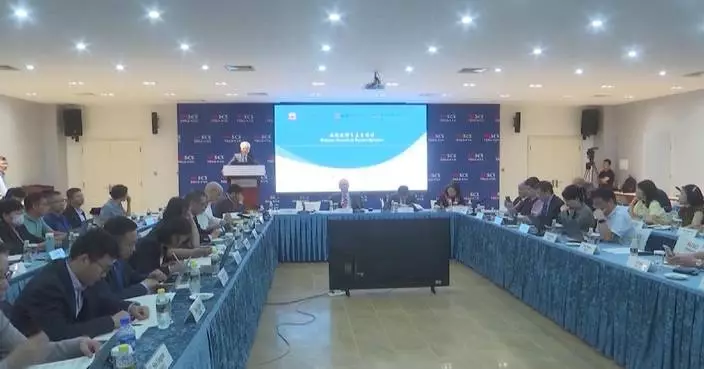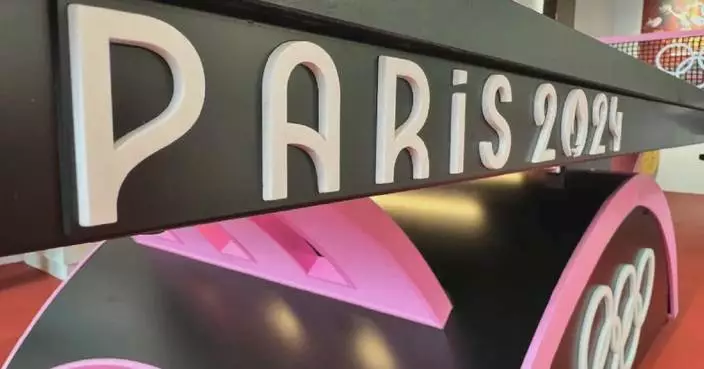The Eighth China-Eurasia Expo opened Wednesday in Urumqi City, northwest China's Xinjiang Uygur Autonomous Region, a platform for the region to carry out cooperation with Belt and Road countries and beyond, making the region more open to the outside world.
The expo is the only international comprehensive event held in the autonomous region that is oriented towards both Asia and Europe. So far, Xinjiang's international cooperation has ranged from culture, education, science and technology, to medical and health fields, which helps to deepen mutual learning and understanding.
The expo is accompanied by its side event -- Chinese and Foreign Cultural Activity Week, which will stage 10 activities in three major sections: classic drama performance, elaborate art works exhibition and cultural relics exhibition, and special tourism performing art from Wednesday to Sunday.
Since the expo started in 2011, the cultural activity week has been an important platform for Xinjiang's international cultural exchanges, showing and conveying to the world the image of Xinjiang of "ethnic harmony, artistic prosperity, and cultural openness".
"Xinjiang's diverse culture can be fully reflected in this kind of exhibition, which is of a very high standard," said a visitor from Beijing.
Covering approximately one-sixth of China's land area, Xinjiang boasts varied and unique natural landscapes, and rich historical and cultural tourism resources.
Official data show that from January to May, Xinjiang received a record number of 1.72 million visitors, marking a 167.64 percent growth year on year. Its tourism revenue totaled 1.3 billion yuan (around 181.38 billion U.S. dollars), up 276.7 percent.
While promoting cultural exchanges and tourism, Xinjiang also has in-depth cooperation with Belt and Road countries in education, science and technology, medical and other fields.
Over the past decade, universities in Xinjiang have signed more than 230 agreements with their counterparts in 25 countries and regions, and more than 20,000 international students from Central Asian countries have come to study in Xinjiang. "The courses are well designed and the teachers are very serious in teaching. I want to become a Chinese teacher after my graduate studies," said a Turkmen student from Xinjiang Normal University.
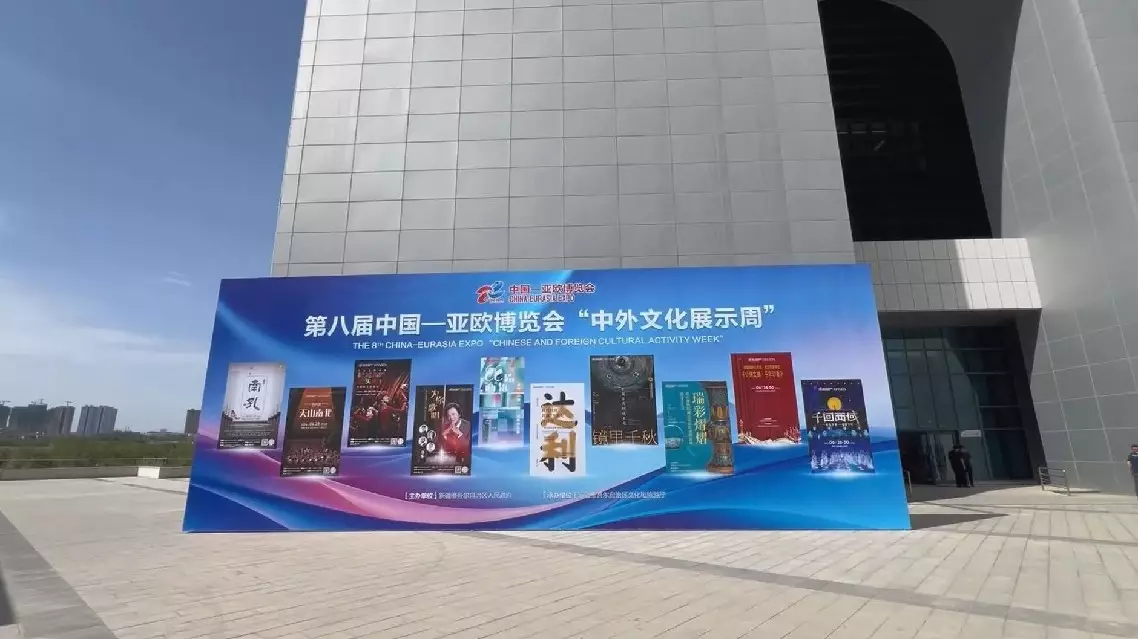
Xinjiang-based expo to promote its high-standard opening up, int'l cooperation


